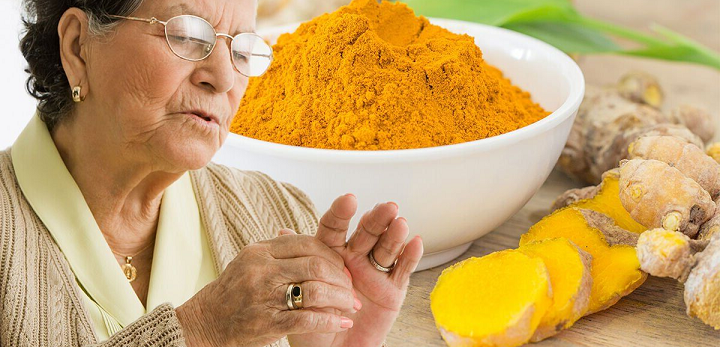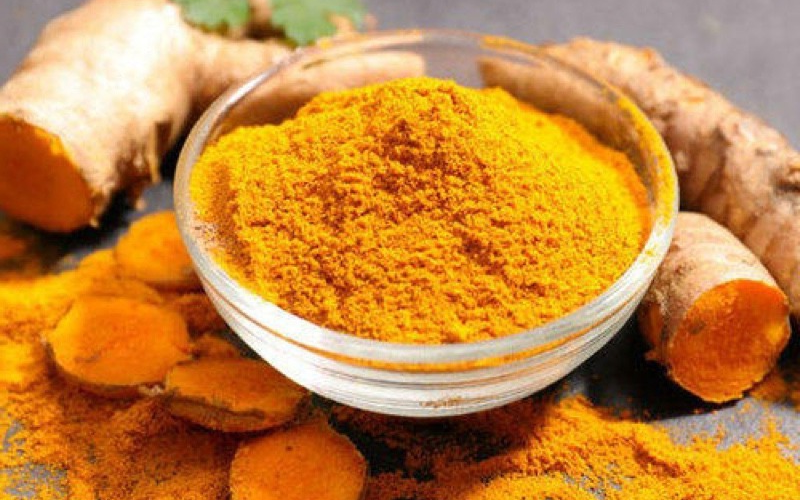Arthritis, an inflammation of the joints and can lead to chronic discomfort, affects many millions of people across the world. Apart from arthritis there are other health challenges that will cause pain in the joints. Pharmaceutical medications and over-the-counter (OTC) medicines may provide pain relief in a lot of cases, but these remedies often accompanied by adverse effects — sometimes severe.
For many people curcumin — a compound in the root of a plant called turmeric — offers a respite from joint pain. Curcumin holds antioxidant and anti-inflammatory qualities that reduce the swelling around joints, reducing pain while not being associated with the undesirable side effects of prescription medicines.
The Primary Causes of Joint Pain and Arthritis
A person’s joints are the various parts of your body where two bones meet, for example elbows and knees. Joints enable the bones that make up the skeleton the capability to move. Unfortunately, some joints are prone to injury or disease that brings about discomfort, soreness, and pain. Among the most prevalent causes of pain in joints is arthritis.
Arthritis is a health condition that comes with an inflammation of joints. This can lead to tenderness, pain, and stiffness in the vicinity of the involved joints. Arthritis has the potential to have an effect on a single joint, or any number of joints. There are dozens of different kinds of arthritis, but by far the most prevalent are rheumatoid and osteoarthritis.
Arthritis causes joint pain, however there are numerous other causes as to why a person might experience pain in their joints. Some of the prevailing factors are the following:
- Infectious diseases (including hepatitis and mumps)
- Injuries
- Infection (of a bone or joint )

How Curcumin Lessens Joint and Arthritis Pain
Turmeric is a plant common in India and parts of Southeast Asia. The root of the turmeric plant, once getting steamed, dried, and ground to a powder, is used as an ingredient in several Asian recipes including curries. In addition to used as a spice in food preparation, turmeric has been used for at least a couple of thousand years in Ayurveda, the classical Indian medicine system. Though turmeric root has been, (and still is), used for medicinal applications, it’s predominantly a single substance in the root that is thought of as the main ingredient. That component is curcumin.
For folks suffering from arthritis or joint pain from other causes, the positive news is there are numerous pharmaceuticals on the market, and for just about any one person at least one of those pharmaceuticals is often useful in dealing with their problem. The bad news is that even the beneficial medications usually have negative side effects — and in some cases these side effects can be intense.
It’s this potential for experiencing side effects that causes many people to search for a better all-natural treatment for painful joints.
The Ayurvedic medicine approach to health utilizes use of the turmeric root to deal with pain in joints. Practitioners of Ayurvedic medicine thought it was all of the root that carried healing characteristics. Modern research and testing has isolated curcumin to be the crucial beneficial, aspect of the turmeric root. Consequently turmeric nutritional supplements typically contain a 90% to 95% or as much as 100% curcumin extract.
A primary source of joint pain is inflammation in the region surrounding the affected joint. Curcumin’s principal method of reducing painful joints derives from its impressive anti-inflammatory properties.
Cytokines are a type of proteins that perform multiple purposes in the way the immune system responds to viruses and bacteria. For the most part, cytokines are useful — cytokines stimulate the immune system to fight pathogens. They, though, can also cause issues — they might over-react and give rise to inflammation that damages the joint they were intended to be defending. Curcumin has the ability to block a surplus of cytokines, significantly lessening inflammation.
Tumor necrosis factor, or TNF, is a chemical substance released by one’s immune system to function as a signaling factor that notifies a person’s defense system what area of the body to focus on as well as what response to engage in. In many situations the action to take is induce inflammation, which in limited amounts is a good thing. However, too much TNF tells the body to induce excessive inflammation for too long of a time. Curcumin has the capacity to reduce the release of TNF, thus notifying the immune system to slow down or quit inflaming a joint.
Conclusion
Joint pain, whether caused by arthritis or a number of other factors, impairs millions of people. The source of the pain is usually related to the immune system inflaming the region involving the joint. Anti-inflammatory medication is generally prescribed to a person dealing with joint pain. Even though they can be useful in diminishing pain, these prescription medications are also often accompanied by negative side effects.
Curcumin is a component of the root of the turmeric plant — an herb of importance for two thousand years in the Ayurvedic system of medicine popular in India. Curcumin is a natural, potent, anti-inflammatory that gives relief to joint pain for many of the people who try it — free from the negative side effects of prescribed drugs.

